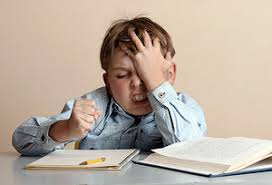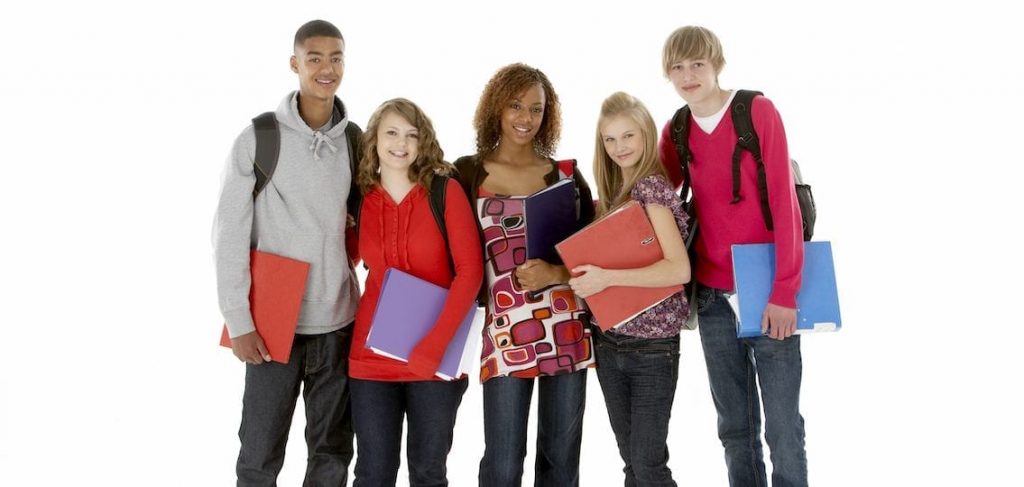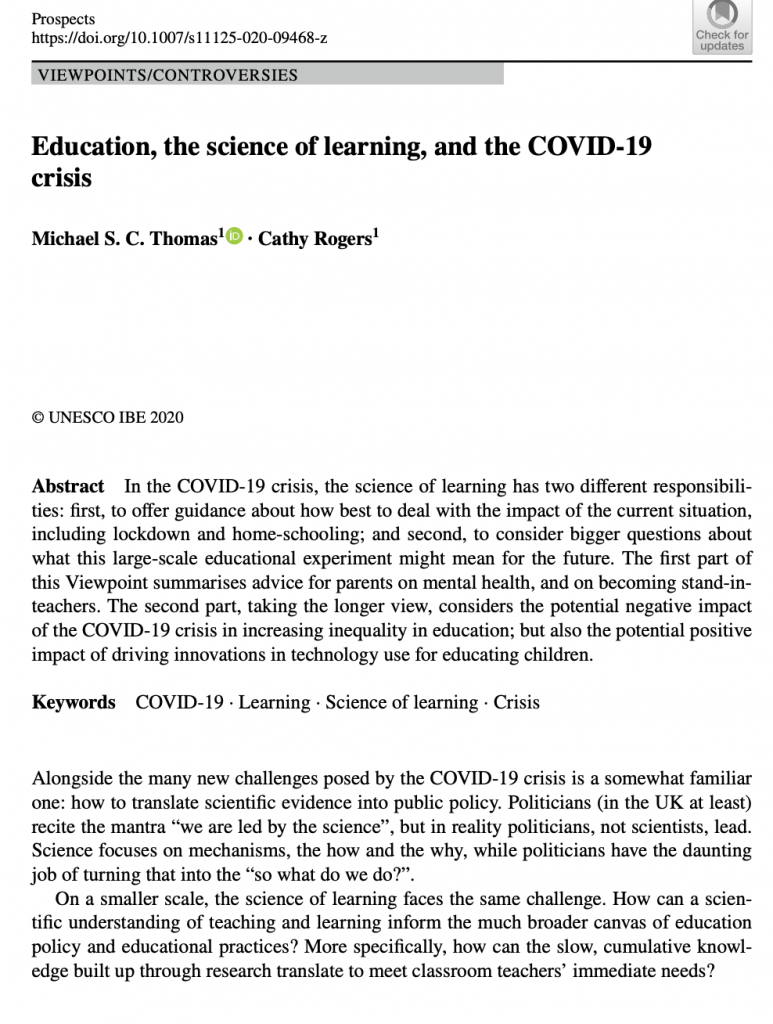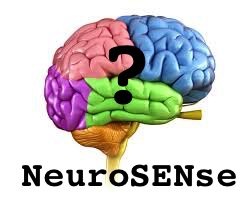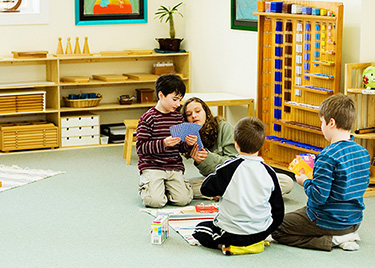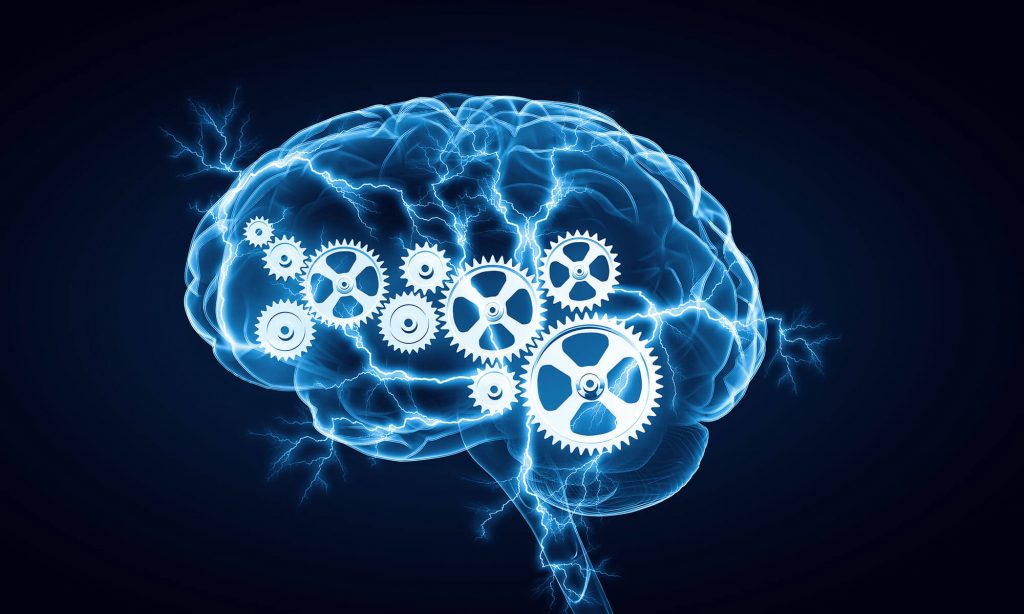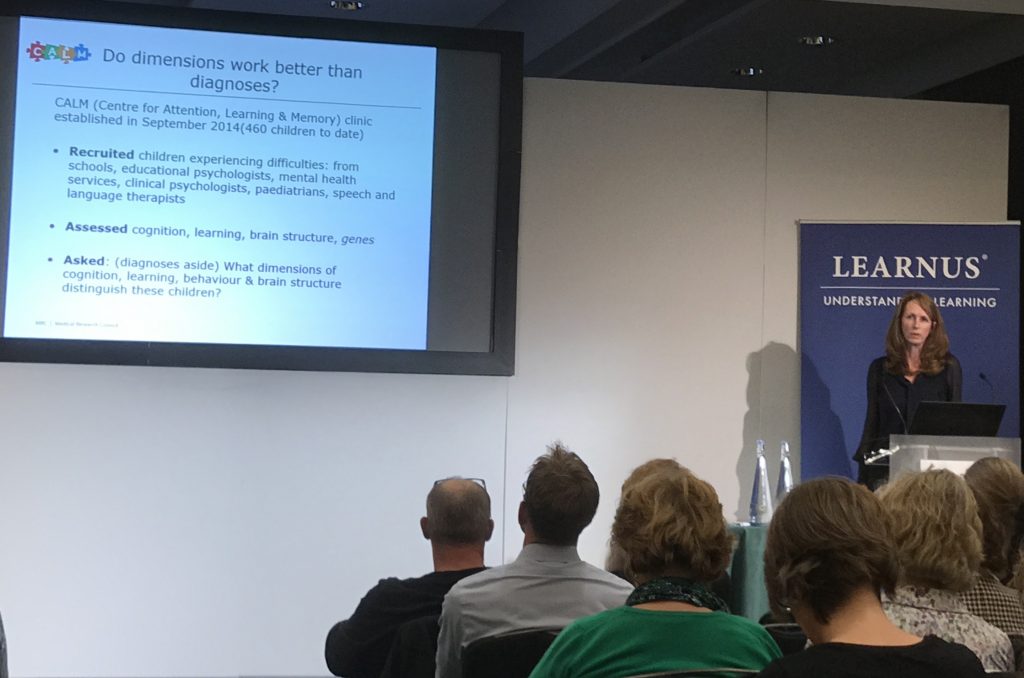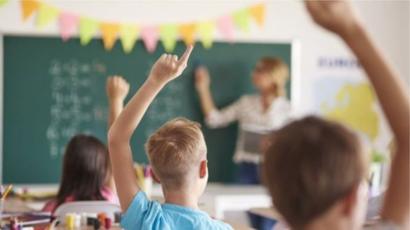
In making decisions around the timing of children’s return to school following the COVID-19 crisis, it is quite right that policymakers, educators, and parents prioritise evidence around health risks. However, balanced decision-making also requires considering the evidence regarding the impact of delaying children’s return to school on educational and psychosocial outcomes.
Here we summarise some educational, psychological, and neuroscientific evidence regarding:
- risks that continued homeschooling will exaggerate the attainment gap between children from different socioeconomic groups
- limits in the effectiveness of online learning when used on its own
- the greater social impact of a delayed return to school on adolescents, for whom contact with their peer group is particularly important
COVID-19 and social inequalities
Since the end of March, schools have been closed to all but the children of key workers and specific groups of vulnerable children. It is becoming increasingly clear that the Covid-19 pandemic is impacting disproportionately more children from low socioeconomic backgrounds and children in difficultly more generally. The Sutton Trust has released several reports examining the impact of school closure on children, with an eye on its ultimate impact on their social mobility. We summarise the results of one of their key reports[i] focussing on school closures.
The authors find that 23% of pupils are reported to be taking part in live and recorded lessons online every day. However, pupils from middle class homes are much more likely to do so (30%), compared to working class pupils (16%). The home learning environment is linked with academic outcomes[ii], but it is likely to play an even more critical role now. More than three quarters of parents with a postgraduate degree, and just over 60% of those with an undergraduate degree felt confident directing their child’s learning, compared to less than half of parents with A level or GCSE level qualifications.
In the most deprived schools, 15% of teachers report that over a third of their students would not have adequate access to an electronic device for learning from home, compared to only 2% in the most affluent state schools. Inequalities in support are being reflected in the amount and quality of work received by teachers. Fifty percent of teachers in private schools report they are receiving more than three quarters of work back, compared with 27% in the most advantaged state schools, and just 8% in the least advantaged state schools.
Teachers were asked for their preferred strategies to prevent some pupils from falling behind during the period of shutdown. Over half of secondary teachers cited the provision of tech devices. Another popular option was providing less well-off families with stationery and curriculum resource packs, which could help to alleviate the divide in digital access. Half of teachers also supported some form of staggered return to school, or summer ‘catch up classes’ for disadvantaged pupils, to give them a chance of restarting school on an equal footing.
The Education Endowment Foundation (EEF) has also raised concerns. While the attainment gap between disadvantaged pupils and their classmates at the end of primary school has narrowed over the past 10 years, the EEF suggest that based on what we know about the impact of summer learning loss on disadvantaged pupils[iii], this gain will be reversed by the combination of economic hardship and school closures caused by Covid-19.
The EEF is developing a response to this crisis based around the following two key principles: (1) Mitigation to limit the negative impact on disadvantaged pupils while schools are closed, and (2) Compensation to support disadvantaged pupils to bounce back when schools re-open.
As part of the mitigation strategy, they have reviewed evidence on how to best support remote learning in pupils, and they have released a set of evidence-based resources to help parents with home schooling. When implementing strategies to support pupils’ remote learning, or supporting parents to do this, key things to consider include:
- Teaching quality is more important than how lessons are delivered
- Ensuring access to technology is key, especially for disadvantaged pupils
- Peer interactions can provide motivation and improve learning outcomes
- Supporting pupils to work independently can improve learning outcomes
- Different approaches to remote learning suit different types of content and pupils
How effective is homeschooling?
Parents have been pitched into a position where they are required to homeschool their children, with variable support from schools. Once more, this variation itself is likely to contribute to differences on what children gain from homeschooling. While the research is reasonably positive on the academic attainment produced by homeschooling in itself[iv] (despite some difficulties in evaluation given the self-selecting nature of the parents[v]), such research stems from families where the parents have chosen and are committed to homeschooling. It may not give an insight into the involuntary homeschool situation that parents find themselves in. For example, there will be variation in the opportunities and resources that parents can bring to homeschooling their children, depending on factors such as work commitments and caring responsibilities. Again, these risk exaggerating disparities between children’s educational outcomes.

Online education for primary school children: How much online learning can children really do?
Will technology be the saviour of children required to learn at home? The evidence from primary-age children at least is that online learning is limited in its effectiveness.
Primary school children learn best when they remain in what is called their zone of proximal development – that is, when they complete tasks that are just within the boundaries of what they can achieve with the help from a more knowledgeable other. This more “knowledgeable other” can be a person (usually a parent or teacher) or can be a tool such as an app or computer technologies that can keep children motivated by adjusting the difficulty of the task at hand and providing feedback.
During the past few years there has been an explosion of educational apps that have claimed to support preschool and primary school children’s learning, especially in relation to reading and mathematics. However, there is dearth of evidence what children age 6 to 12 can learn from apps[vi]. For example, a recent systematic review[vii] identified only 11 studies that have evaluated the use of computerised instructional programmes for children aged 4-11 years and found mixed results in terms of how much these programmes improved children’s mathematical outcomes. Similarly, for reading apps, the evidence demonstrates only small effects on children’s reading abilities[viii].
There are many factors that impact on whether or not children learn from computerised programmes. It is not just the design features of the app[ix] that matter, but also parents’ engagement and involvement with their children while they play[x]. The evidence suggests that educational apps are not very successful in replacing teachers without parental support.
Another tool that has been suggested to aid children’s homeschooling during Covid-19 is intelligent tutoring systems. This term covers a variety of computerised technologies that provide immediate and customised instruction and feedback, to provide high quality education without the need of a teacher or parent. Once more, evidence on how successful these are in improving children’s learning is mixed. A meta-analysis on K–12 mathematics learning[xi] concluded that intelligent tutoring systems have small or no effect on learning in these grades; and that these tools may even cause negative effects to students who were classified as lower achievers. Although a more recent meta-analysis in 2016[xii] showed more positive outcomes, the effects for younger primary-school children were small compared to older secondary school children, suggesting technology may be more effective for older children.

The potential impact on teenagers
The social distancing measures implemented by the UK and other countries in response to Covid-19 have reduced the opportunity for social interactions for individual of all ages.
However, social deprivation will likely affect children, adolescents, young adults and older adults in different ways. A recent preprint[xiii] argues that adolescents may be particularly susceptible to social deprivation and that this should be taken into account when considering which social distancing measures, such as school closures, to maintain or modify.
The start of adolescence marks a shift in the relative importance of parents and peers. Developmental changes in specific neural circuits lead to increased motivation towards social integration[xiv]. While there is little research on the effect of social deprivation during adolescence in humans, animal models give some insight into the neural mechanisms.
For example, studies in rodents, which are social animals, indicate that social deprivation during a phase equivalent to adolescence has specific significant short-term and long-term consequences on behaviour and neural functioning, in particular affecting the dopamine system[xv]. Notably, a study has shown that rats deprived of social interactions with peers by being reared just with an adult animal – which approximates the situation for many adolescents staying home with their parents during school closure – also showed neural changes[xvi].
However, teenagers are not completely isolated and continue to interact with each other through social media. The extent to which social media use can compensate for the lack of face-to-face interactions is unknown, and is likely to be dependent on individual differences, access to digital resources, and the strength of peer groups before social distancing measures were put in place.
Overall, the research suggests that beyond preparation for school exams and entry to university, governments deciding on the timings of school closures should consider the unique social developmental needs of adolescents.
New research in unprecedented circumstances
In some respects, previous research on educational impacts of school closures and homeschooling is limited because the current circumstances are unprecedented.
Researchers are already carrying out new work to investigate the current situation. For example, research underway at UCL Institute of Education is specifically exploring how secondary school students are coping with pandemic since lockdown in March.
Preliminary data show that schools across the country have been able to provide online resources promptly, but students are also reporting a lack of interaction with teachers and classmates that turns into a lack of motivation to study. Although there are individual differences, with some students who are actually enthusiastic about remote learning – they can sleep more in the morning and avoid commuting – there is general consensus that college life and interaction with teachers and friends is irreplaceable.
New work is also underway to better understand the impact of distance learning through technology, and parent-supported homeschooling, on mathematics learning for children aged 5-14 years. It investigates the home-learning in which parents and pupils are able to engage and supports the development of best practice initiatives for educators. (If you are interested in participating in a survey related to this work, please click here).
Balanced decision-making
Perhaps longer term the Covid-19 crisis will provide pointers towards a future with a more flexible education provision, which combines the best of remote learning and face-to-face lessons in a more balanced and harmonious manner.
But in the short term, we believe the potential risks of negative educational impacts should be weighed along with health risks in determining the immediate decisions about children’s return to school.
CEN Management Committee
1 June 2020
[i] Cullinane, C. & Montacute, R. (2020). Covid-19 and Social Mobility Impact Brief #1: School Shutdown. Report for the Sutton Trust (https://www.suttontrust.com/our-research/covid-19-and-social-mobility-impact-brief/)
[ii] National Children’s Bureau (2018) Home matters: making the most of the home learning environment https://www.ncb.org.uk/resources-publications/resources/home-matters-making-most-home-learning-environment
[iii] Stewart, H., Watson, N., & Campbell, M. (2018). The cost of school holidays for children from low income families. Childhood, 25(4), 516–529. https://doi.org/10.1177/0907568218779130
[iv] Rothermel, P. (2004). Home-education: Comparison of home- and school-educated children on PIPS baseline assessments. Journal of Early Childhood Research, 2(3), 273–299.
[v] Carlson, J. F. (2020). Context and regulation of homeschooling: Issues, evidence, and assessment practices. School Psychology, 35(1), 10-19.
[vi] Blumberg, F.C., Deater‐Deckard, K., Calvert, S.L., Flynn, R.M., Green, C.S., Arnold, D. & Brooks, P.J. (2019). Digital Games as a Context for Children’s Cognitive Development: Research Recommendations and Policy Considerations. Social Policy Report, 32, 1-33. doi:10.1002/sop2.3
[vii] Simms, V., McKeaveney, C., Sloan, S., & Gilmore, C. (2019). Interventions to improve mathematical achievement in primary school-aged children. England, UK: Nuffield Foundation.
[viii] Verhoeven, L., Voeten, M., van Setten. E., & Segers, E. (2020). Computer-supported early literacy intervention effects in preschool T and kindergarten: A meta-analysis. Educational Research Review, 30, 100325.
[ix] Hirsh-Pasek, K., Zosh, J. M., Golinkoff, R. M., Gray, J. H., Robb, M. B., & Kaufman, J. (2015). Putting Education in “Educational” Apps: Lessons From the Science of Learning. Psychological Science in the Public Interest, 16(1), 3–34. https://doi.org/10.1177/1529100615569721
[x] Griffith, S. F., & Arnold, D. H. (2018). Home learning in the new mobile age: Parent‐child interactions during joint play with educational apps. Journal of Children and Media, 13, 1–19.
[xi] Steenbergen-Hu, S., & Cooper, H. (2013). A meta-analysis of the effectiveness of intelligent tutoring systems on K–12 students’ mathematical learning. Journal of Educational Psychology, 105(4), 970–987
[xii] Kulik, J. A., & Fletcher, J. D. (2016). Effectiveness of Intelligent Tutoring Systems: A Meta-Analytic Review. Review of Educational Research, 86(1), 42–78. https://doi.org/10.3102/0034654315581420
[xiii] Orben, A., Tomova, L., & Blakemore, S. (2020, April 20). The effects of social deprivation on adolescent social development and mental health. https://doi.org/10.31234/osf.io/7afmd
[xiv] Nelson, E. E., Jarcho, J. M., & Guyer, A. E. (2016) Social re-orientation and brain development: An expanded and updated view. Developmental Cognitive Neuroscience, 17, 118–127.
[xv] Hall, F. S. (1998) Social deprivation of neonatal, adolescent, and adult rats has distinct neurochemical and behavioral consequences. Critical Reviews in Neurobiology, 12, 129–162.
[xvi] Bell, H. C., Pellis, S. M., & Kolb B. (2010). Juvenile peer play experience and the development of the orbitofrontal and medial prefrontal cortices. Behavioural Brain Research, 207, 7–13.

